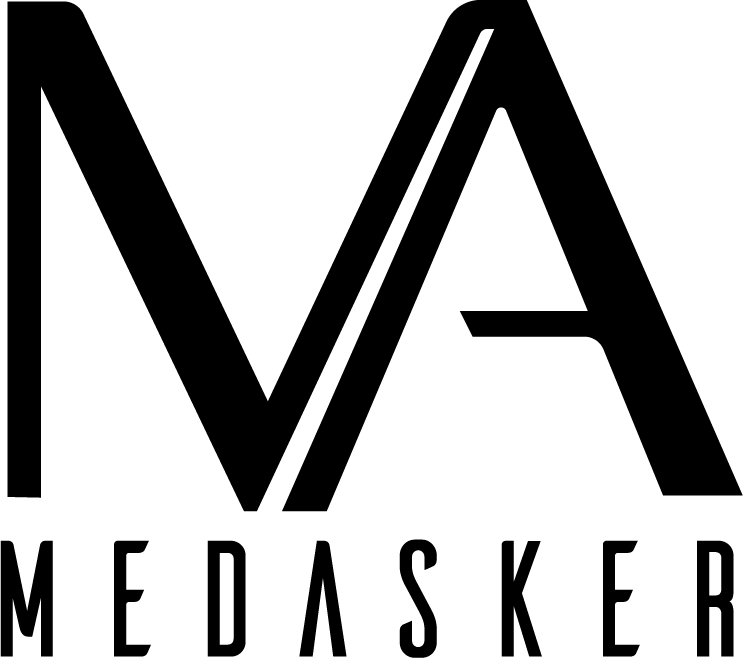PET scan: what it is, what it is for and how it is done
Content:
The PET scan, also called PET-CT or positron emission computed tomography, is an imaging test widely used to diagnose cancer early, check the development of the tumor and if there is metastasis. This exam is able to show the functioning of the organism, through the administration of a radioactive substance, called a tracer, which when absorbed, emits radiation that is captured by the equipment and transformed into an image.
The exam does not cause pain, however it can cause discomfort if the person is claustrophobic, as it is done in a closed equipment. In addition to being widely applied in oncology, PET scanning is also useful in the diagnosis of neurological diseases, such as Alzheimer's and epilepsy.
PET scan is a test available in health plans and SUS that is only performed for investigation, diagnosis and follow-up of lung cancer, lymphomas, colon cancer, rectal cancer and immunoproliferative diseases, such as multiple myeloma, which is a disease in which blood cells begin to proliferate and accumulate in the bone marrow.


what is it for
PET scan is a diagnostic test different from other imaging tests, as it allows you to visualize problems at the cellular level through the emission of radiation, that is, it is able to verify the metabolic activity of cells, identifying cancer early, for example. . In addition to its application in cancer identification, PET-CT can be used to:
- Detect neurological problems such as epilepsy and dementia;
- Check for heart problems;
- Monitor the evolution of cancer;
- Monitor response to therapy;
- Identify metastatic processes.
PET scan is also able to determine the diagnosis and define prognosis, that is, the chances of improvement or worsening of the patient.
How is done
The test is done by oral administration, through liquids, or directly into the vein of a tracer, which is usually glucose labeled with a radioactive substance. Because the tracer is glucose, this test does not pose a risk to health, as it is easily eliminated by the body. The administration of the tracer should be done on an empty stomach for 4 to 6 hours, according to medical advice, and PET-CT is done after 1 hour, to allow time for the radioactive substance to be absorbed by the body, and lasts about 1 hour. .
The PET scan takes a reading of the body, capturing the emitted radiation and forming images. In the investigation of tumor processes, for example, the consumption of glucose by cells is very high, since glucose is the source of energy necessary for cell differentiation. Thus, the image formed will have denser points where there is greater consumption of glucose and, consequently, greater emission of radiation, which can characterize the tumor.
After the exam it is important that the person drinks a lot of water so that the tracer is eliminated more easily. In addition, there may be mild allergy symptoms, such as redness, where the tracer was injected.
The exam has no contraindications, and can be performed even in people who have diabetes or kidney problems. However, pregnant or breastfeeding women are not advised to undergo this diagnostic test, as a radioactive substance is used that can affect the baby.
Leave a Reply
In order to leave comments, you need to log in




0 Comments